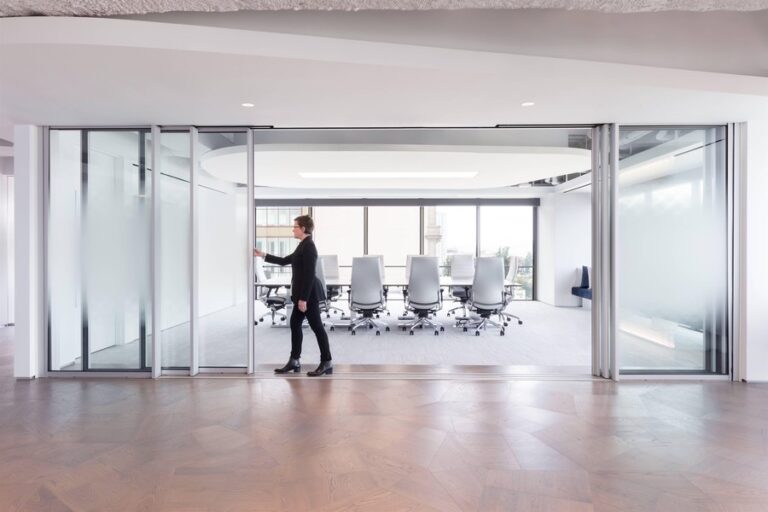
In an era where sustainability is increasingly important, making eco-friendly choices for our homes and properties is crucial. When it comes to fencing in Leeds, opting for environmentally friendly solutions can have a significant positive impact. In this blog post, we will explore sustainable fencing options for Leeds residents, highlighting materials and practices that promote conservation, reduce waste, and minimize environmental impact. By choosing sustainable fencing, you can contribute to a greener future while enjoying the benefits of a beautiful and functional fence.
Bamboo Fencing
Bamboo is a highly sustainable material that has gained popularity in recent years. It is a fast-growing plant that requires minimal resources to cultivate and harvest. Bamboo fencing is not only aesthetically pleasing but also durable and long-lasting. It provides a natural and tropical look to any outdoor space. Additionally, bamboo absorbs a significant amount of carbon dioxide, making it an excellent choice for reducing carbon emissions.
Recycled Materials
Using recycled materials for fencing Leeds is another sustainable option. Materials such as reclaimed wood, recycled plastic, and composite materials made from recycled fibres can be transformed into attractive and durable fences. These materials help reduce the demand for virgin resources and prevent waste from ending up in landfills. Recycled plastic fencing, for example, can mimic the look of traditional wood without the need for harvesting new trees.
Living Fences
Creating living fences is an innovative way to promote sustainability and incorporate nature into your property. Living fences utilize plants such as hedges, shrubs, or vines to create a natural boundary. Not only do they provide privacy and aesthetic appeal, but they also contribute to air purification and biodiversity. Selecting native plant species can further enhance their ecological value by supporting local wildlife and reducing the need for excessive watering or chemical treatments.
Metal Fencing
While metal fencing may not be the first choice that comes to mind when thinking about sustainability, certain metal options can be environmentally friendly. Aluminium, for instance, is a highly recyclable material that requires significantly less energy to recycle compared to its initial production. Choosing aluminium fences made from recycled content can significantly reduce the environmental impact associated with metal fencing. Additionally, metal fences are highly durable, requiring minimal maintenance and replacement over time.
Vegetation Screens
Incorporating vegetation screens into your fencing design is a fantastic way to promote sustainability. By utilizing climbing plants or installing planter boxes along the fence, you can create a green barrier that offers privacy and aesthetic appeal. Vegetation screens provide shade, reduce heat absorption, improve air quality, and provide habitat for beneficial insects and birds. Choosing drought-tolerant plant species can further conserve water resources. Fencing company near me.
Proper Installation and Maintenance
Apart from selecting sustainable fencing materials, it’s essential to focus on proper installation and maintenance practices. By ensuring a secure and stable installation, you can prevent unnecessary waste and the need for premature replacements. Regular maintenance, such as cleaning, repainting, or sealing, can extend the lifespan of your fence and minimize the environmental impact associated with repairs or replacements. Additionally, implementing water-efficient irrigation systems or using rainwater harvesting techniques can reduce water consumption for any vegetation surrounding the fence.
Community Recycling and Disposal Programs
When replacing an old fence, it’s important to consider the responsible disposal of the materials. Many communities have recycling programs or facilities that accept old fencing materials. By utilizing these resources, you can ensure that the materials are properly recycled or repurposed rather than ending up in landfills.
Choosing sustainable fencing options in Leeds is an excellent way to contribute to environmental conservation and reduce your carbon footprint. Bamboo fencing, recycled materials, living fences, metal fencing, vegetation screens, and proper installation and maintenance practices are all viable choices for eco-conscious residents. By embracing these sustainable practices, you can create a beautiful and functional fence while making a positive impact on the environment. Let’s strive towards a greener future by incorporating sustainable fencing solutions into our Leeds properties.





